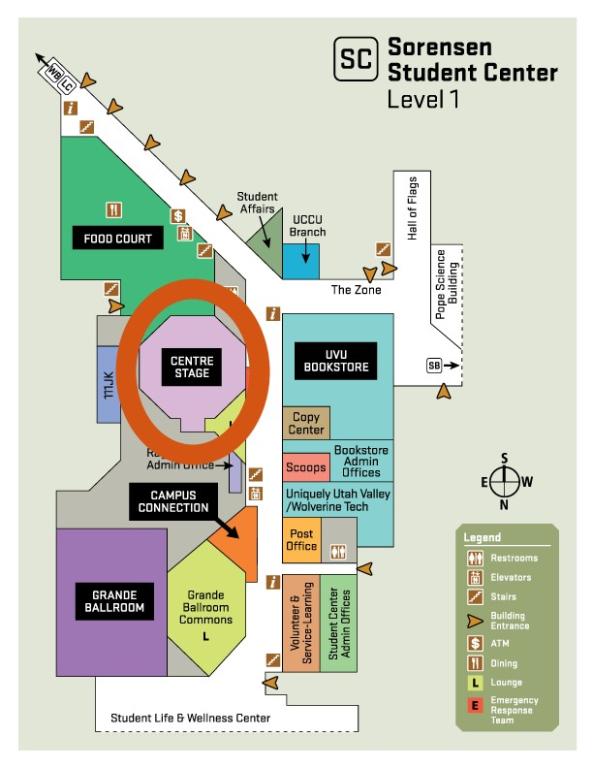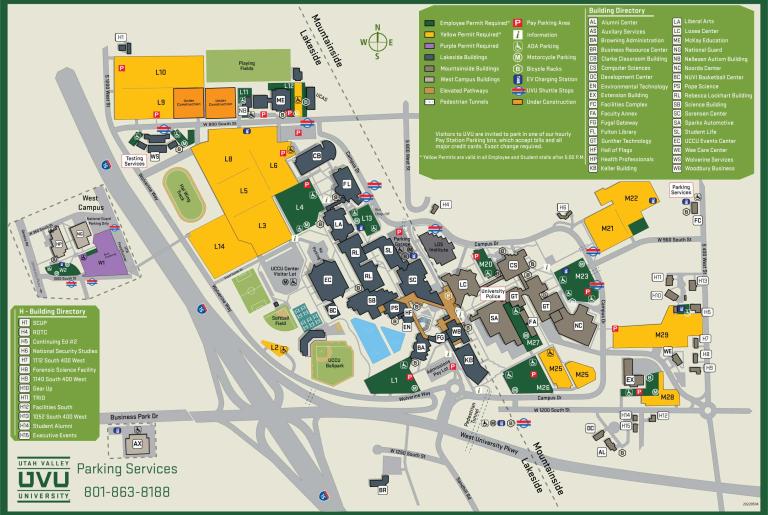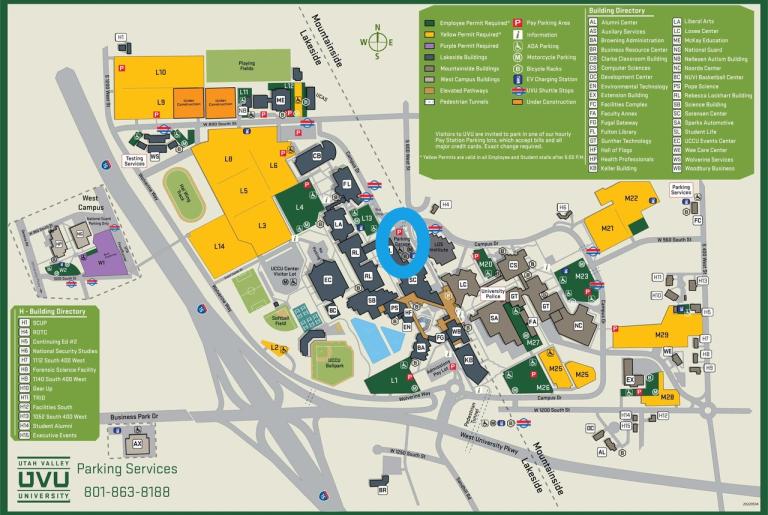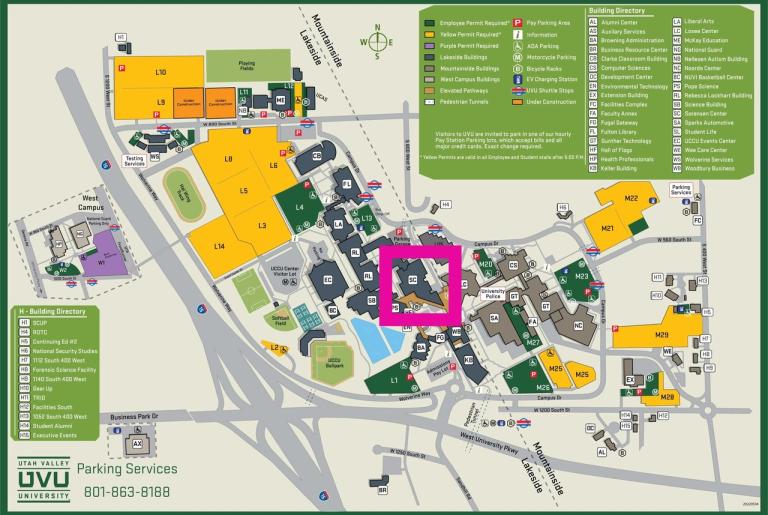
I’ve just received the following program update from my friend Royal Skousen, so I share it with you here. I now believe that — flight connections permitting! — I will be able to attend the conference in person myself, and I hope to see you there as well. Please note that, thanks to the support of a generous donor, admission to the presentation is free:
Textual Criticism and the Book of Mormon
Presentation by Royal Skousen
Utah Valley University, Sorenson Center
Center Stage, Saturday, 12 November 2022, 7-9 p.m.
Free parking on the weekend except for the parking garage (at $1 per hour)
For directions, see the [images positioned here above and below].
Subjects to be discussed:
Conjectural Emendation in the Book of Mormon: Just how common are conjectures in the history of the English language Book of Mormon? A conjecture occurs whenever a scribe, typesetter, or editor rejects all of the known readings for a given passage and proposes a new reading. Textual critics have claimed that conjectural emendation should be rare, but actually it is quite common, with the current LDS edition containing about 650 conjectures (in comparison to the 350 in the Yale edition). It is also valuable to consider the role conjectural emendation has played in translating the Book of Mormon. In this presentation, I will discuss three foreign language translations of the English language Book of Mormon and the conjectures that the first translators introduced into their translations, and then I will determine how many of their readings are in the Yale edition of the Book of Mormon: (1) the 1852 French, 115 conjectures, with about three-fourths in the Yale edition; (2) the 1852 German, 146 conjectures, with about two-thirds in the Yale edition; and (3) the 1954 Finnish, 44 conjectures, with all but one in the Yale edition. Even the current LDS translations into these three foreign languages contain roughly two dozen of the Yale readings.
The Transmission of the Text: Textual critics have long argued (all other things being equal, a big caveat) that a text moves from difficult readings to easier readings and from shorter readings to longer readings. It turns out that based on the transmission of the Book of Mormon text, this is generally true for the later transmission, when editors were in charge of “correcting” the text. But it is NOT true, not at all, when we look at the Book of Mormon’s early transmission, in particular the transmission of the original manuscript. In going from the original manuscript to the printer’s manuscript (and to the 1830 edition for one-sixth of the text), the copyists created about 4 times as many difficult readings as easier ones, and they created shorter readings about 3.4 times more frequently than they created longer ones. This has huge implications for textual criticism, especially New Testament criticism, which is founded on the assumption that the copyists consistently acted as editors. But this never would have been the case when the New Testament was initially transmitted by copyists rather than by editors.
Objective Determination of Difficult and Easy Readings: Another issue I will discuss is how can we objectively determine what is a more difficult or an easier reading. Should we rely on our intuitions? The beauty of the Book of Mormon text is that it is VERY long and VERY repetitious. Many have complained about this aspect of the text. They were premature to do so. A long, repetitious text allows us to set up an objective rule: If a change leads to a kind of reading that is not otherwise in the text, then it is a difficult reading; and if a change removes a unique kind of reading from the text, then that change is an easier reading. Book of Mormon textual criticism allows us to avoid this very sticky problem of defining just what are more difficult readings in contrast to easier ones.
The Computerized Collation: Near the end of my presentation, I will discuss the forthcoming volume 5 of the critical text, scheduled for a public release in January, along with an event at BYU. This is the computerized collation, with every variant specified (in spelling, capitalization, punctuation, versification, words, and phrases). Even more important, it is going to be linked to Analysis of Textual Variants (a revised version of the 2017, second edition of ATV), so readers using the WordCruncher version of the collation, whenever they find some variant that appears interesting, they can go to the ATV discussion of that variant and find the reasons for accepting one of the variants as the correct one. This has never been done, as far as I know, for any textual critical work: a listing of all the variants, with links to the major discussion about how the original text should read in each case.
The Yale Edition of the Book of Mormon: The computerized collation has served as the research basis for the critical text project since its creation in the 1990s from my transcripts of the two manuscripts and 20 electronic versions of all the significant printed editions of the Book of Mormon, from 1830 to 1981. A very important advance was the decision in 2003 to apply WordCruncher to the collation. Then in 2008, the collation was directly used to create the base text for the Yale edition of The Book of Mormon: The Earliest Text (first edition, 2009; second edition, 2022). The result was that the Yale text was NOT keyed in, a first for any critical text. Yale University Press was astounded that they could find no typos in the Book of Mormon text that I sent them. They had never gotten a large text without some typos in it. More importantly, all the printed volumes analyzing the Book of Mormon text have crucially depended upon the collation, all 8 parts of volume 3 (including the two last ones that will be published in the spring of 2023) and all six parts of volume 4 (that is, ATV in its two editions). In January, the collation itself will finally be made available for all to use.



Posted from Jericho, West Bank, Palestine












